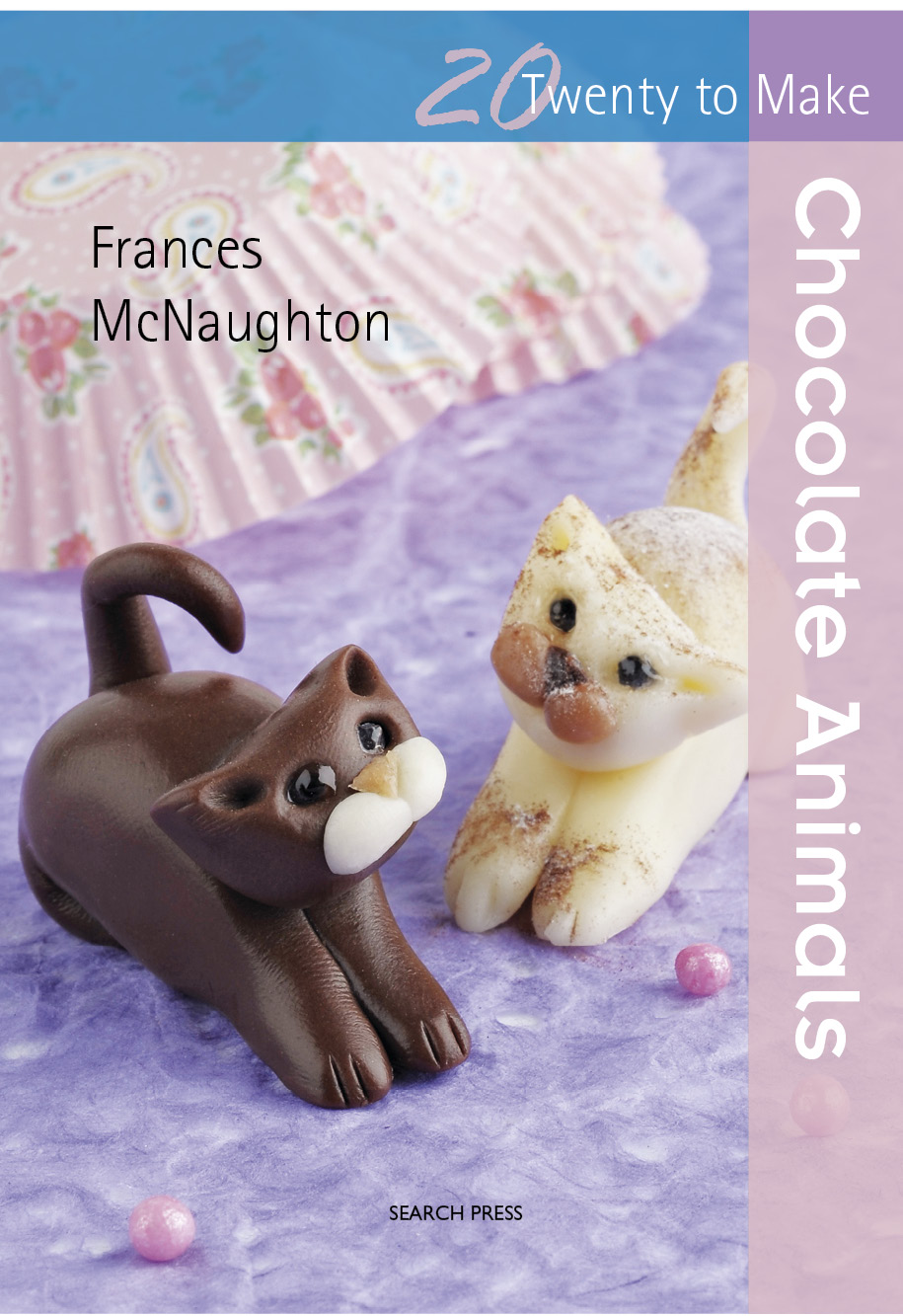

Frances McNaughtons sugarcraft books have become international bestsellers. She has been a tutor and demonstrator for many years, teaching all aspects of sugarcraft to students from beginners to advanced, and to other sugarcraft tutors. She travels all over Europe providing demonstrations and workshops for exhibitions, shops, groups and clubs, and she has many fans in the US, Australia and New Zealand through her online tutorials and sugarcraft products. Frances made sugarcraft props for the films Notting Hill, Chocolat, Charlie and the Chocolate Factory and three of the Harry Potter films, and for many TV advertisements.
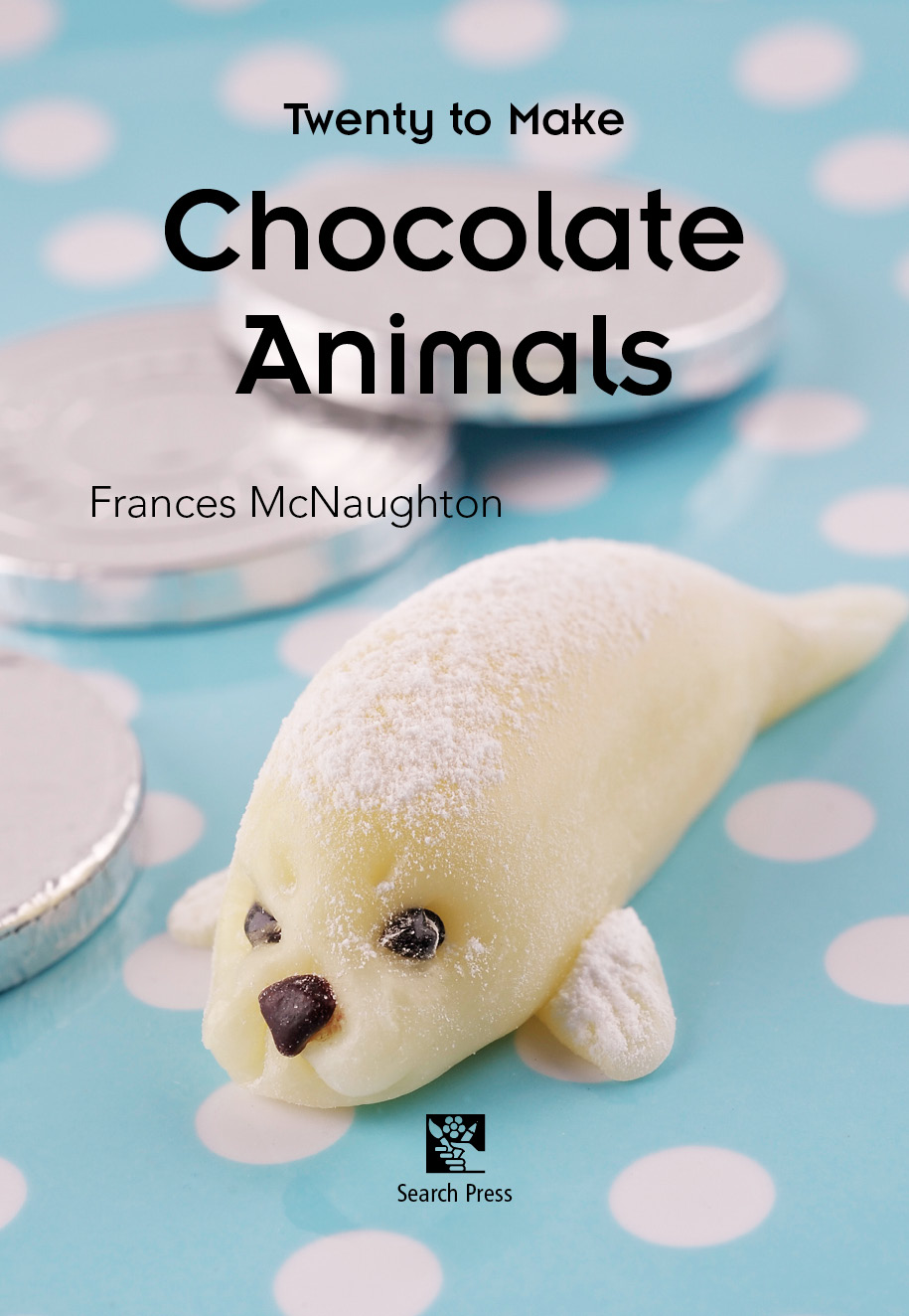
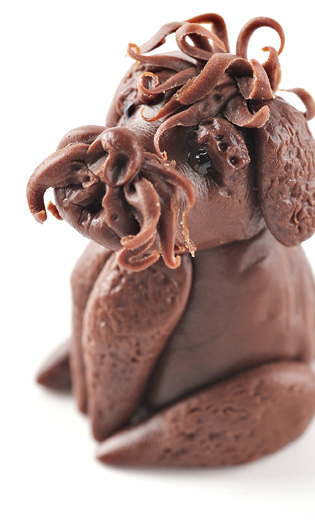
First published in Great Britain 2012 Search Press Limited
Wellwood, North Farm Road,
Tunbridge Wells, Kent TN2 3DR Text copyright Frances McNaughton 2012 Photographs by Debbie Patterson at Search Press Studios Photographs and design copyright Search Press Ltd 2012 All rights reserved. No part of this book, text, photographs or illustrations may be reproduced or transmitted in any form or by any means by print, photoprint, microfilm, microfiche, photocopier, internet or in any way known or as yet unknown, or stored in a retrieval system, without written permission obtained beforehand from Search Press.
ISBN: 978-1-84448-845-2 The Publishers and author can accept no responsibility for any consequences arising from the information, advice or instructions given in this publication. Readers are permitted to reproduce any of the items in this book for their personal use, or for the purposes of selling for charity, free of charge and without the prior permission of the Publishers. Any use of the items for commercial purposes is not permitted without the prior permission of the Publishers. Suppliers If you have difficulty in obtaining any of the materials and equipment mentioned in this book, then please visit the Search Press website for details of suppliers:
www.searchpress.com
| Dedication With thanks to Anne Killick and her granddaughter Charlotte for their help with tasting and washing up when we were trying out different recipes. |

Contents
Introduction
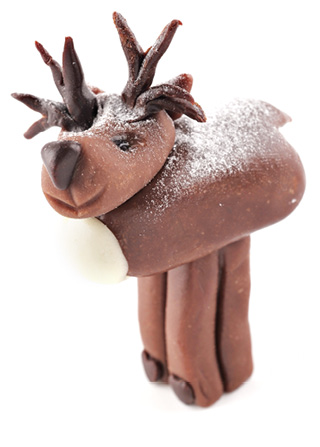
Modelling chocolate is lovely to work with and tastes great. It is versatile as it holds its shape well and models can be worked on over a few hours.
It can be used for sculpture, in moulds, for making roses and other flowers, bows and fans, and even for covering cakes. It can be rolled very thinly and cut for fur and hair effects. Fingerprints and unwanted marks can be polished out by gently rubbing over the surface with your fingers. It blends into itself easily to achieve a beautifully smooth finish. No glue is needed to stick pieces together pressing firmly with fingers or the Dresden tool should be enough (occasionally it may be helpful to warm the tool in hot water before pressing two pieces together). There are a number of different commercial chocolate modelling pastes available in sugarcraft and cake decorating shops, but it is easy to make at home.
Any chocolate without fillings and additions is suitable, so you can use your favourite, or normal cooking chocolate. For the models in this book I used white, milk and dark chocolate without adding any colouring (apart from a little black for the eyes). All the different shades were made by mixing the different pastes together. If coloured models are desired, the chocolate modelling paste can be made with coloured candy melts, or using white chocolate with the addition of powdered colours or non-water-based colours suitable for chocolate. The animals made in this book could also be made in other edible and non-edible modelling pastes. 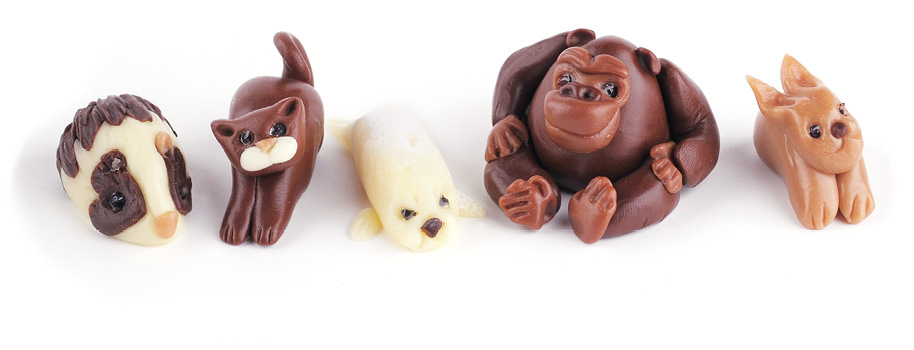
| Recipe for white, milk or dark chocolate modelling paste Use half the weight of gently warmed liquid glucose to melted chocolate, e.g. 100g (3oz) chocolate: 50g (1oz) liquid glucose. 100g (3oz) chocolate: 50g (1oz) liquid glucose. The advantage of working with proportions in weight is that it is very easy to adapt to smaller or larger amounts. Melt the chocolate in a bowl set over a pan of simmering water. Leave to cool for a few minutes. Heat the liquid glucose gently in a separate bowl set over the pan of simmering water. Gradually mix the chocolate into the glucose, making a thick paste that leaves the sides of the bowl clean. Place in a plastic bag and leave for about an hour until set. The modelling paste can be used as it is, but you may find it easier to handle if mixed with a little sugarpaste (cake covering/rolled fondant). I used the ratio 2 parts chocolate modelling paste: 1 part sugarpaste. This keeps the lovely chocolate flavour. In warm environments it may be necessary to cool the paste in a fridge for a short time to keep it workable. In the US many people use light corn syrup instead of liquid glucose to make chocolate modelling paste. Use half the weight of the light corn syrup to the melted chocolate, as for liquid glucose above. Chocolate modelling paste will keep for several months if wrapped well in plastic and kept airtight. |

Basic shapes Shapes Chocolate modelling paste is best worked at room temperature. It is very firm to use when cold, and can become oily when you handle it if it is too warm, so I have kept the models in this book reasonably small to make them easier to handle. The sizes could all be adapted to make larger or smaller models if required. To avoid problems of over-handling, place shaped pieces on a workboard when adding details.
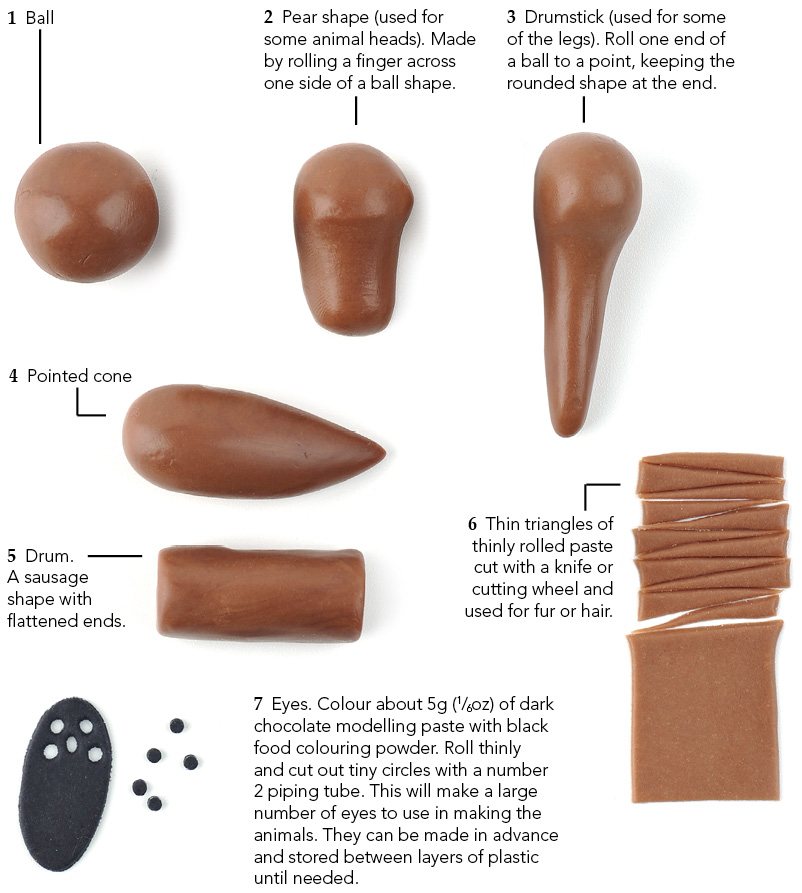
Tools and materials Liquid glucose Texturing sponge (a clean, unused scouring pad) Small sharp pointed scissors 5cm (2in) oval cutter Small sieve/tea strainer Heart cutters Chocolate Number 2 plain piping tube Inexpensive digital jewellery scales (available on the internet) Drinking straw cut at an angle for the mouth shape Fine paintbrush Small fine palette knife Dogbone/ball tool Smile tool (petal veiner tool) Dresden tool Cutting wheel Waterbrush filled with alcohol or lemon essence for painting Non-stick rolling pin Icing sugar and cocoa powder for finishing touches Clear uncoloured piping gel (also available in pots which could be put into a piping bag fitted with a fine piping tube).
Piping gel is optional it gives the eyes a pleasing shine. 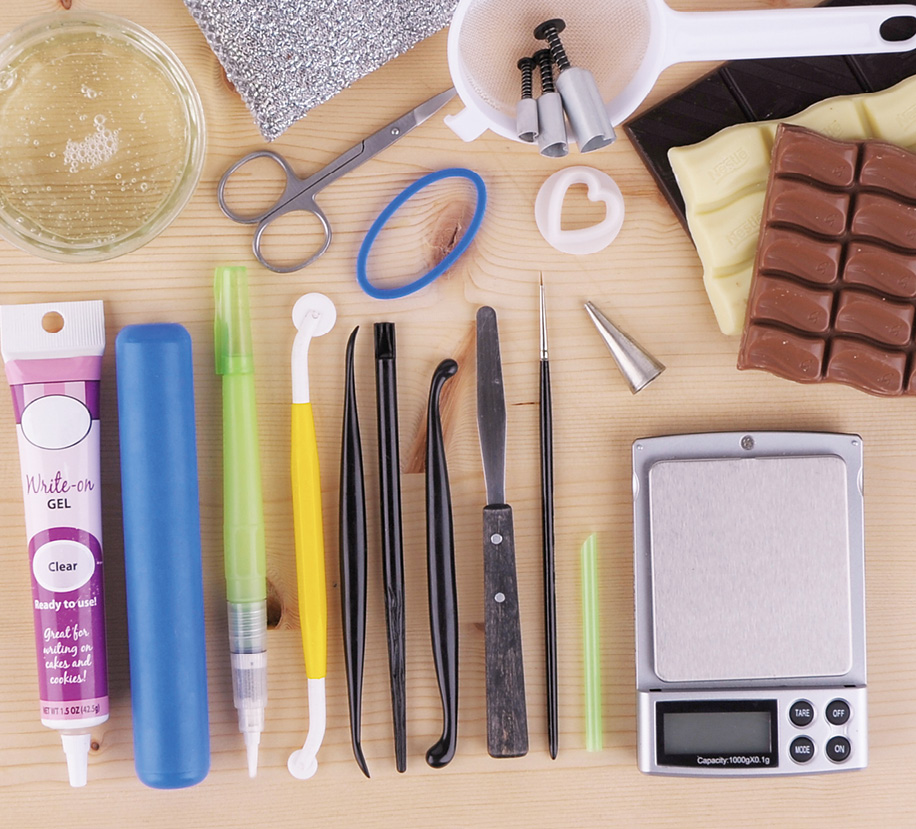

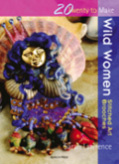
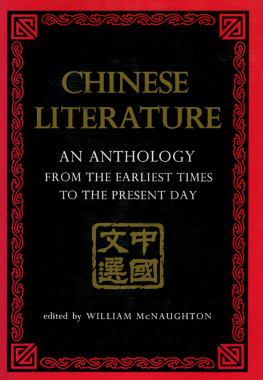
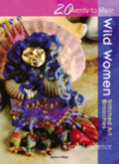




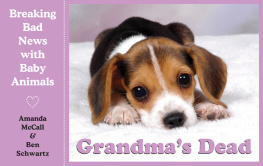
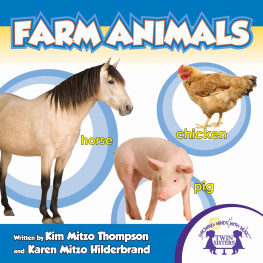
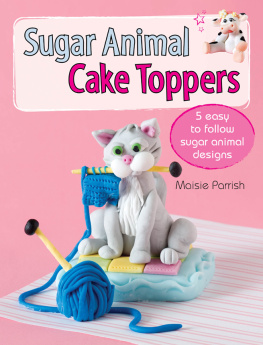
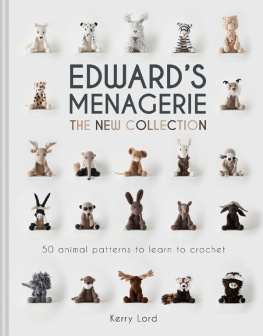
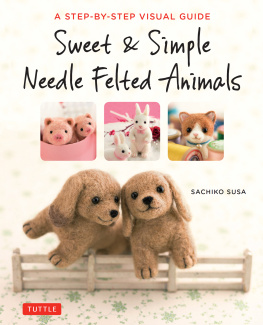
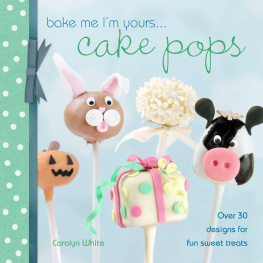
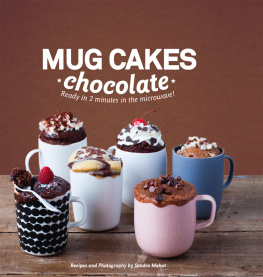
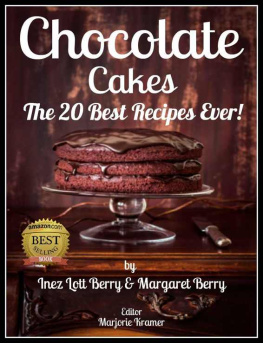

 Frances McNaughtons sugarcraft books have become international bestsellers. She has been a tutor and demonstrator for many years, teaching all aspects of sugarcraft to students from beginners to advanced, and to other sugarcraft tutors. She travels all over Europe providing demonstrations and workshops for exhibitions, shops, groups and clubs, and she has many fans in the US, Australia and New Zealand through her online tutorials and sugarcraft products. Frances made sugarcraft props for the films Notting Hill, Chocolat, Charlie and the Chocolate Factory and three of the Harry Potter films, and for many TV advertisements.
Frances McNaughtons sugarcraft books have become international bestsellers. She has been a tutor and demonstrator for many years, teaching all aspects of sugarcraft to students from beginners to advanced, and to other sugarcraft tutors. She travels all over Europe providing demonstrations and workshops for exhibitions, shops, groups and clubs, and she has many fans in the US, Australia and New Zealand through her online tutorials and sugarcraft products. Frances made sugarcraft props for the films Notting Hill, Chocolat, Charlie and the Chocolate Factory and three of the Harry Potter films, and for many TV advertisements. 
 First published in Great Britain 2012 Search Press Limited
First published in Great Britain 2012 Search Press Limited Contents
Contents Modelling chocolate is lovely to work with and tastes great. It is versatile as it holds its shape well and models can be worked on over a few hours.
Modelling chocolate is lovely to work with and tastes great. It is versatile as it holds its shape well and models can be worked on over a few hours. 


